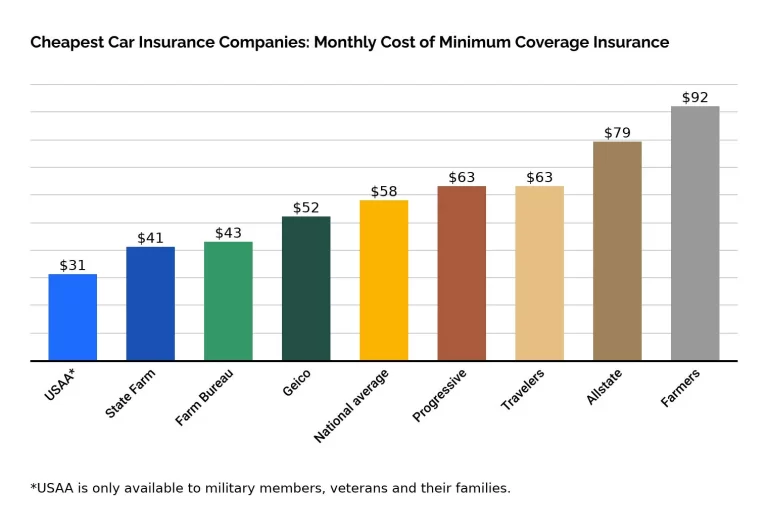When it comes to car insurance policies and rates, there are many options available to drivers. Here is a comparison of different car insurance policies and rates to help you understand your options:

- Liability coverage: Liability coverage is the most basic type of car insurance policy and covers damage you may cause to other people’s property or bodily injury you may cause in an accident. The rates for liability coverage can vary widely depending on factors such as your driving record, age, and location.
- Collision coverage: Collision coverage is an optional type of car insurance policy that covers damage to your own vehicle in the event of an accident. Rates for collision coverage can vary based on the value of your vehicle and your deductible.
- Comprehensive coverage: Comprehensive coverage is another optional type of car insurance policy that covers damage to your vehicle from non-collision events such as theft, vandalism, or weather-related damage. Rates for comprehensive coverage can also vary based on the value of your vehicle and your deductible.
- Personal injury protection: Personal injury protection, or PIP, is an optional type of car insurance policy that covers medical expenses and lost wages for you and your passengers in the event of an accident. Rates for PIP can vary based on the coverage limits you choose.
- Uninsured/underinsured motorist coverage: Uninsured/underinsured motorist coverage is an optional type of car insurance policy that protects you if you’re in an accident with a driver who doesn’t have enough insurance to cover the damages. Rates for uninsured/underinsured motorist coverage can vary based on the coverage limits you choose.
When comparing car insurance policies and rates, it’s important to consider the following factors:
- Coverage limits: Make sure you understand the coverage limits of each policy you’re considering and choose one that provides enough coverage to protect your vehicle and finances.
- Deductible: Consider the deductible and how much you can afford to pay out of pocket in case of an accident.
- Discounts: Check for any available discounts that could help lower your premium, such as safe driver discounts or bundling policies with other types of insurance.
- Reputation: Choose a reputable provider with good ratings and reviews for customer service and support.
- Claims process: Understand the claims process and how easy it is to file a claim with each provider.
- Personal factors: Your driving record, age, location, and other personal factors can all affect the rates you’ll be offered for car insurance, so make sure you’re comparing policies and rates that are relevant to your situation.
By comparing different car insurance policies and rates based on these factors, you can find the right policy to protect your vehicle and finances.



